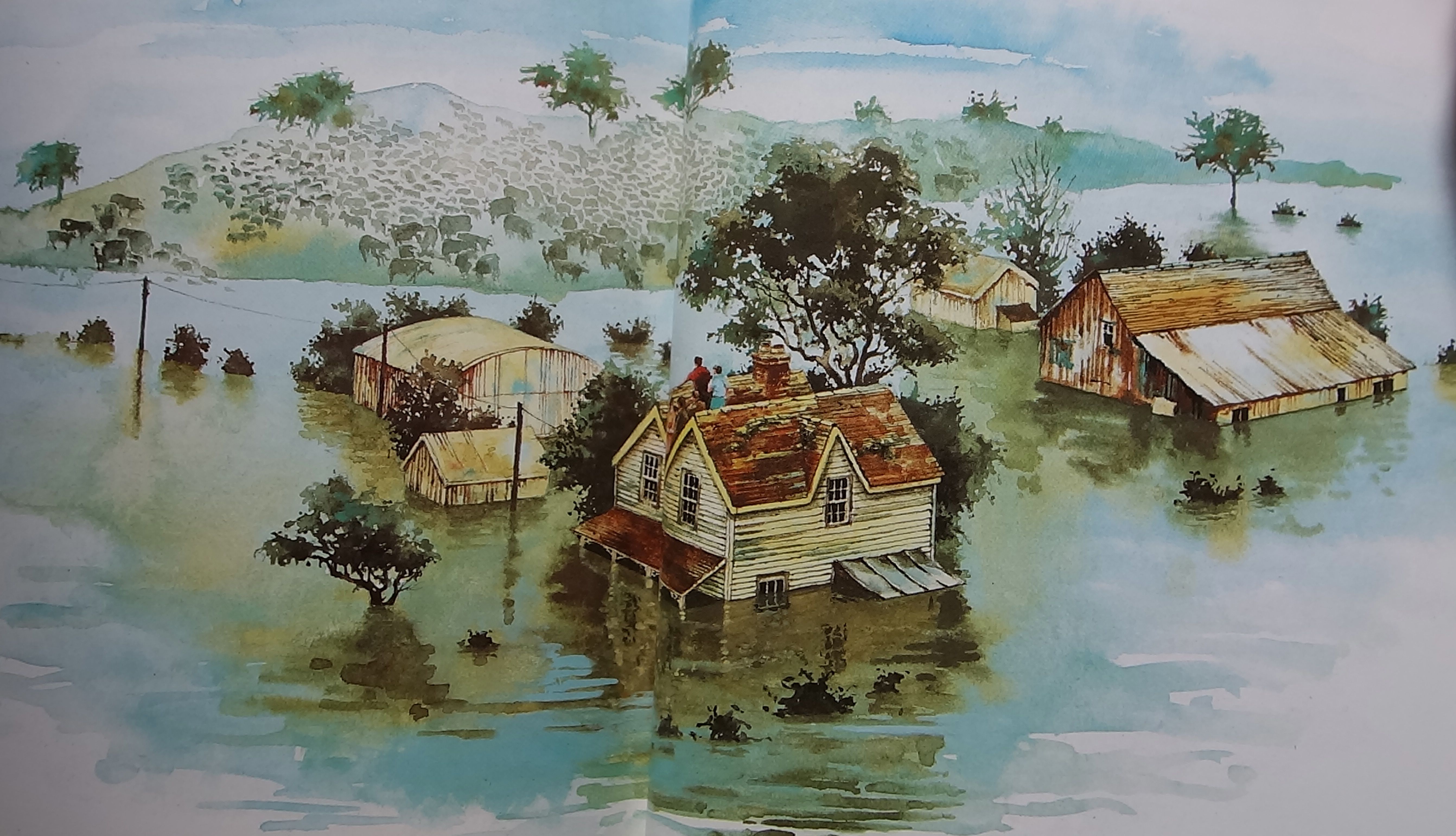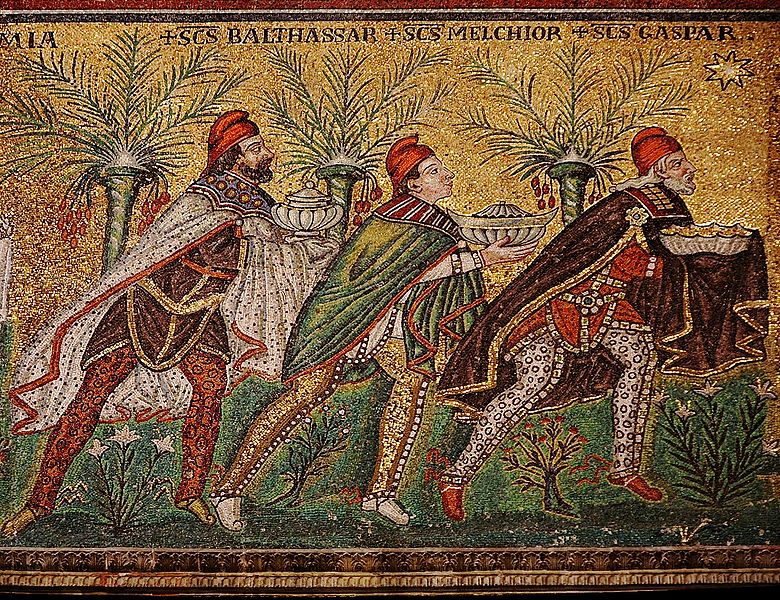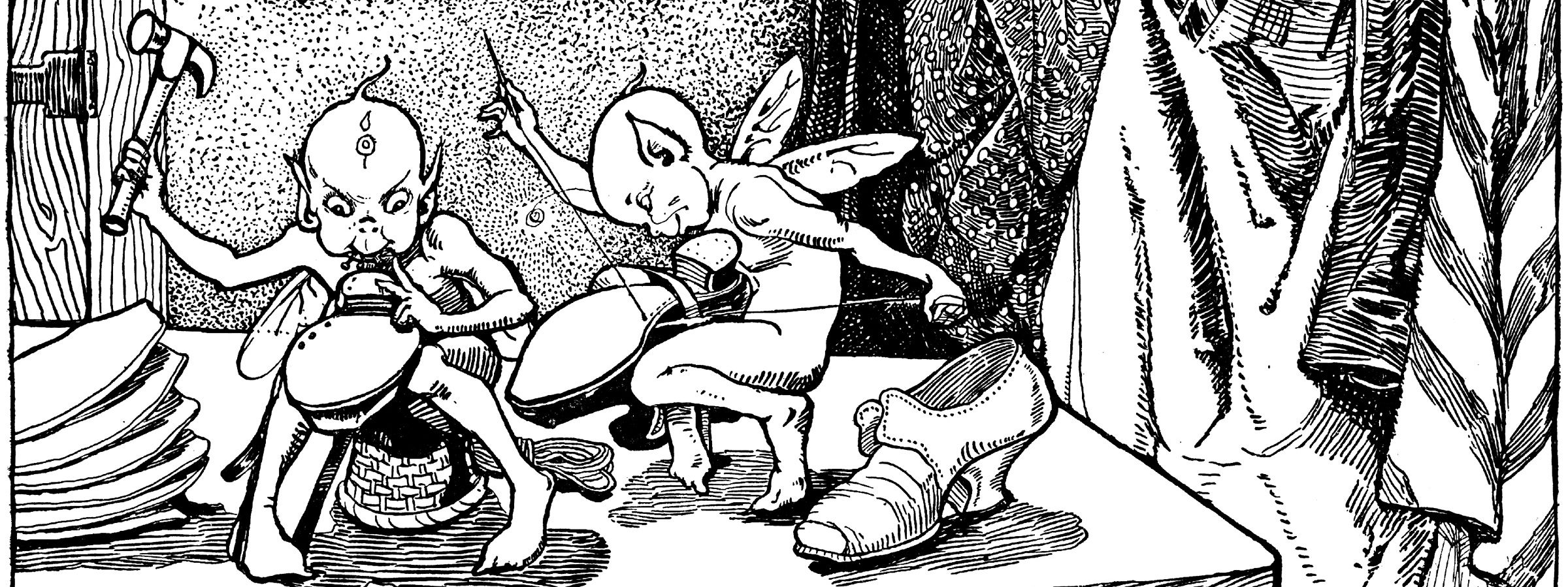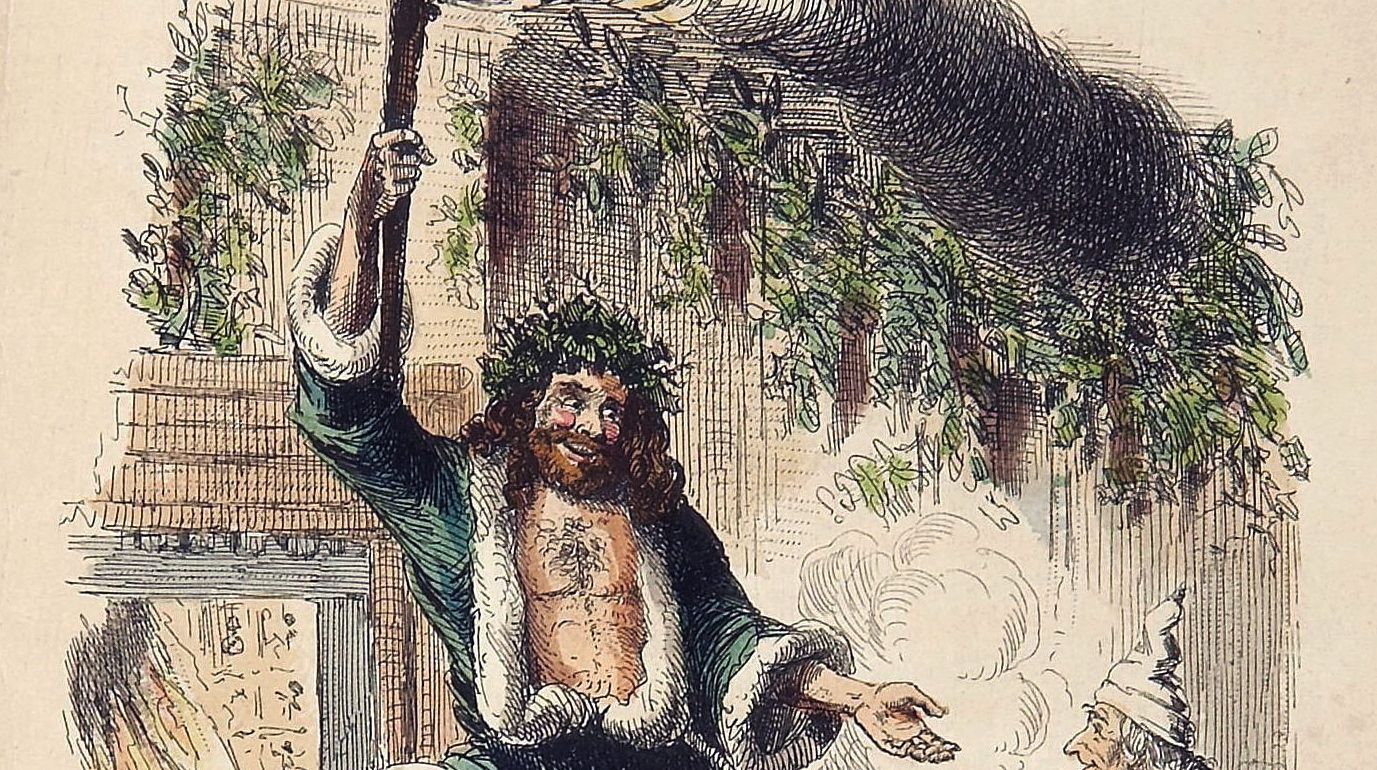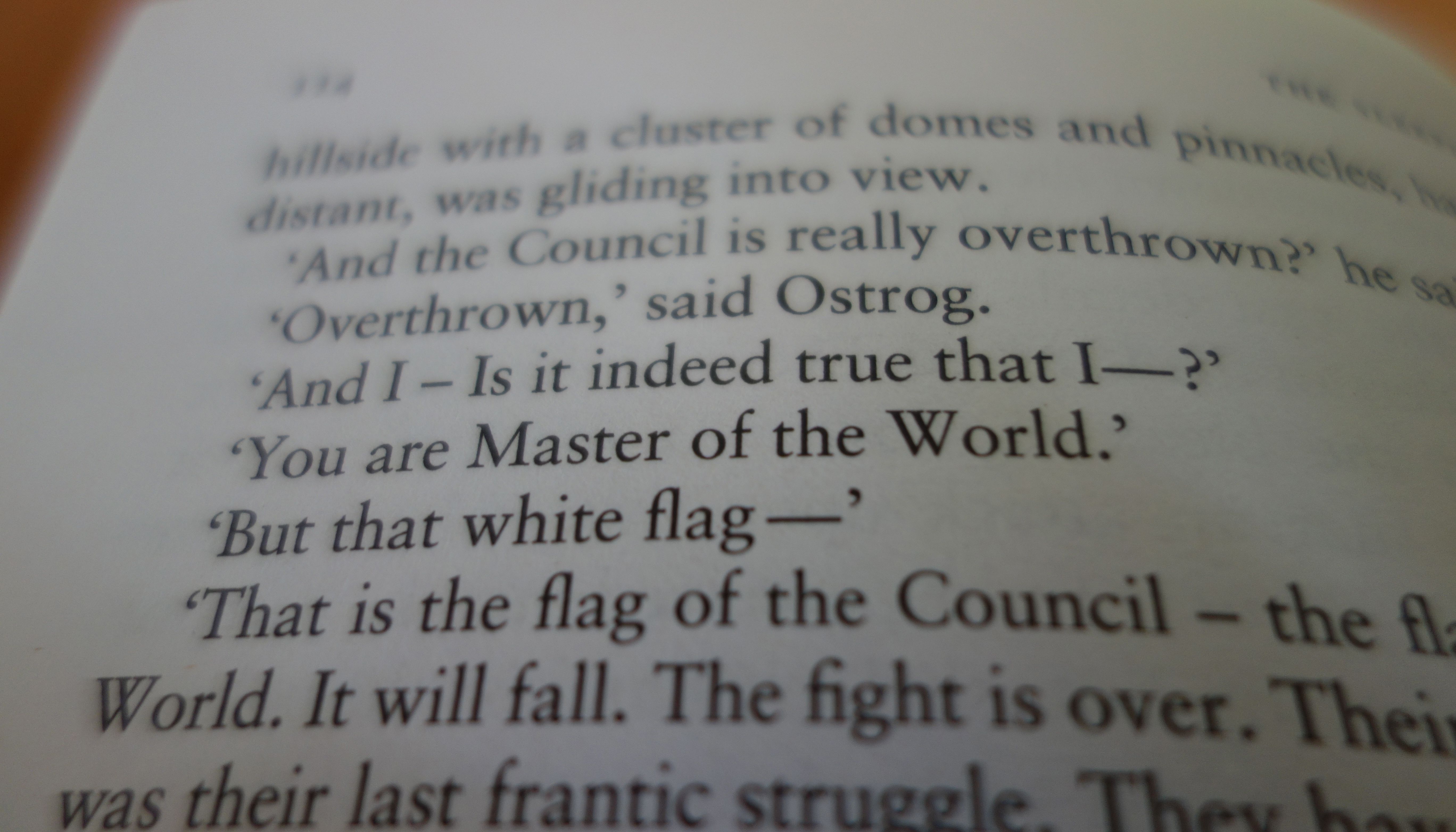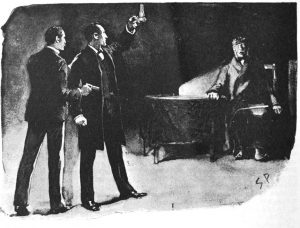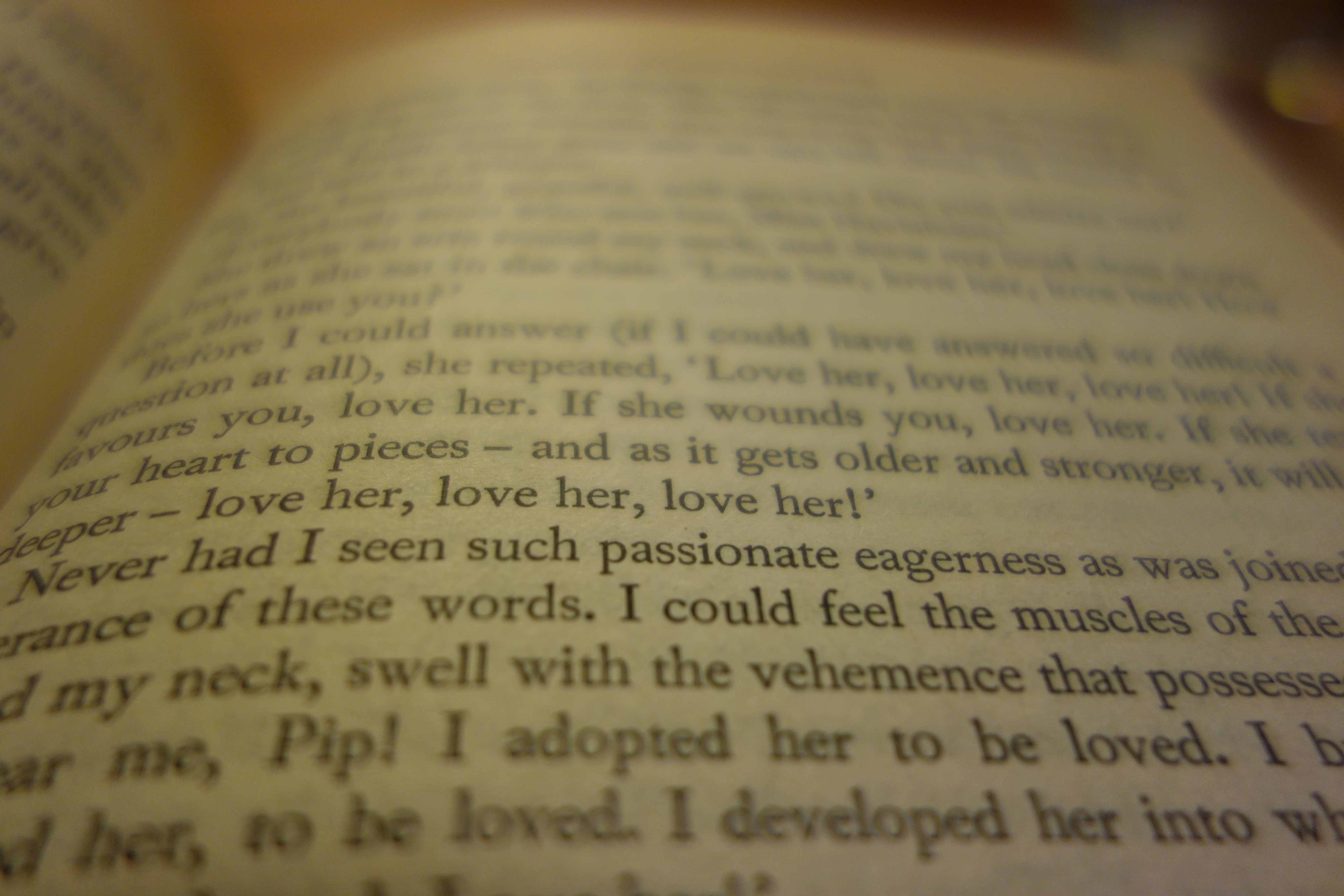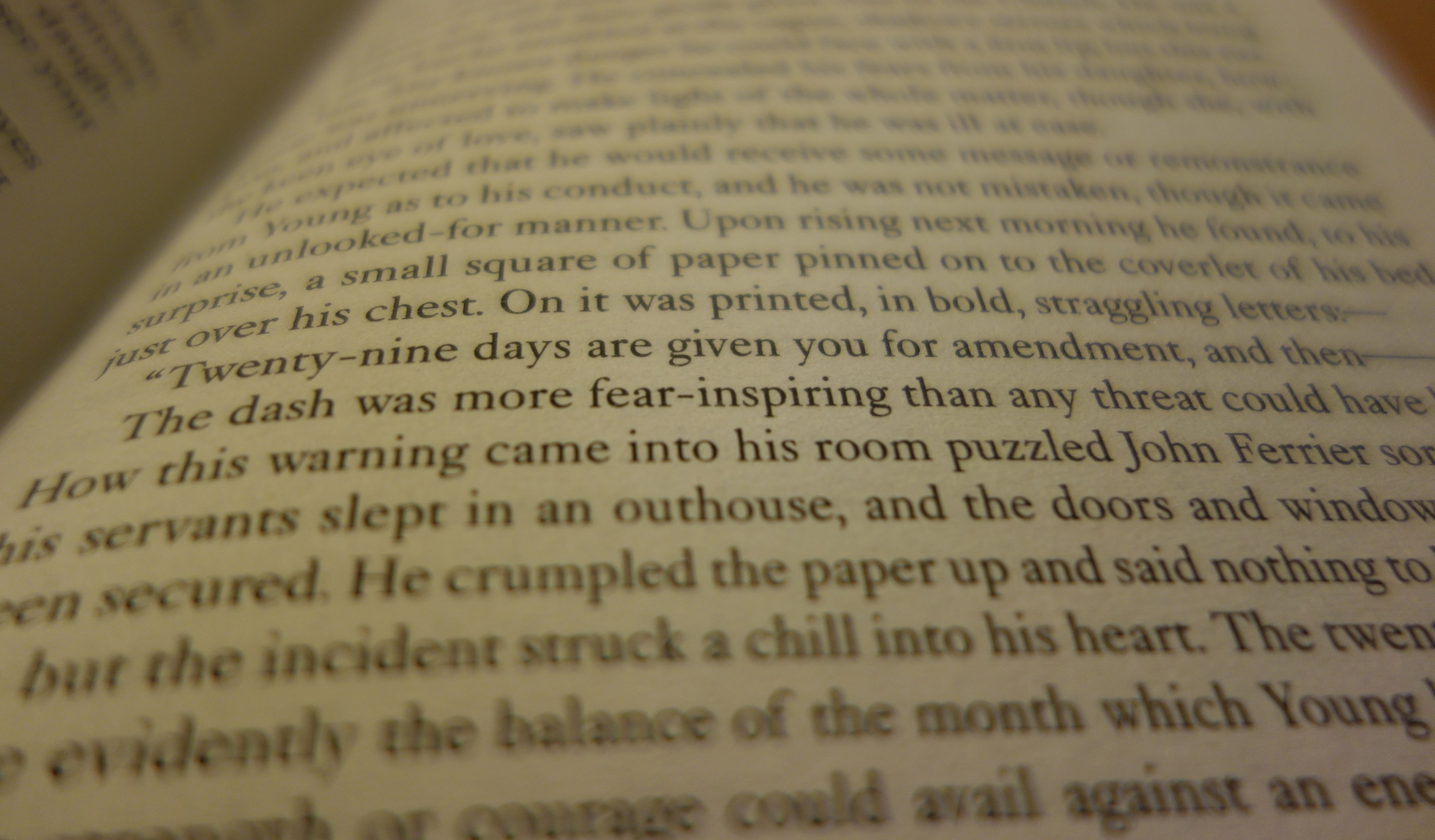There would be no Christmas stories without Christmas, and there would be no Christmas without Christ. So for this last and bonus post about middle lines, I’ve enjoyed searching for the turning point in the story of Christ’s birth.
We know how the story begins: an angel announces a virgin birth to come. But what happens in the middle?
For my journey to the centre of the story in search of great lines that draw me on into the second half, or that throw up a problem that seems unresolvable, I’d have to choose Matthew, chapter 2, verse 8, the King James version for the poetry of it. Here, Herod is speaking to the wise men, the Magi, telling them to go to Bethlehem. We know his intentions can’t be good because of all his earlier expressed fear of being dethroned.
Go and search diligently for the young child; and when ye have found him, bring me word again, that I may come and worship him also.
Such a liar! Fortunately, the wise men were ‘warned of God in a dream that they should not return to Herod’. And fortunately, an angel warned Joseph to take Jesus and Mary and flee into Egypt. And so the Christmas story ends well for Jesus (and badly for other boys, but that’s another story).
Merry Christmas to all of you out there who’ve read my writing this year. I wish you many literary surprises in 2014!
*****


